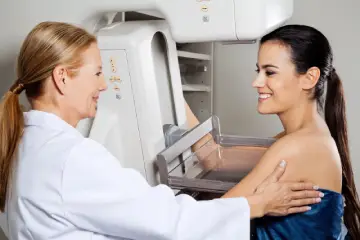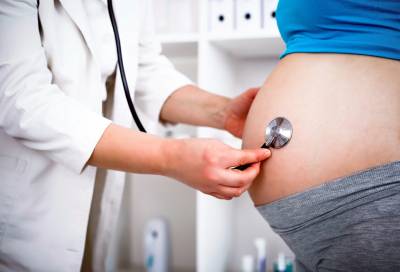IUD
IUD Q & A
What is an IUD?
An IUD is a long-term, reversible, effective method of birth control. An IUD is made from flexible plastic shaped like a “T” and is inserted inside your uterus.
Hormonal IUDs use progestin to prevent pregnancy. Progestin thickens your mucus, blocking the sperm from reaching an egg and sometimes even stopping eggs from leaving your ovaries. Copper IUDs repel sperm so they can’t reach an egg.
How long do IUDs prevent pregnancy?
When inserted by a professional such as those at The Women’s Center, IUDs are 99% effective for 3-12 years, depending on the type you choose. It requires no maintenance.
If you want to get pregnant sooner than the IUD expires, you can. When the IUD is removed — even before its expiration — you’re able to get pregnant almost right away.
Do IUDs offer protection against sexually transmitted disease?
No. Only male and female condoms offer some protection against sexually transmitted disease. If you’re sexually active with multiple partners or your partner has multiple partners, use a condom as an extra layer of protection in addition to your IUD.
Can IUDs provide emergency contraception?
If you’ve had unprotected sex and fear pregnancy, a copper IUD (ParaGard®) can be inserted within five days to prevent pregnancy. You can leave the copper IUD in place to stay protected from future unwanted pregnancies.
What is the process of getting an IUD?
Your provider at The Women’s Center inserts the IUD through your vagina and into your uterus. You may experience some mild cramping or pain during insertion, but the process is short and medicine alleviates discomfort.
IUDs may be inserted at any point during your menstrual cycle, and you can have sexual intercourse right after getting one. Most women feel fine and can resume their regular activities, but others may want to take it easy for a day due to dizziness and cramping. Some spotting can occur for a few months following insertion, but it usually resolves on its own.
You can check on your IUD by reaching into your cervix to detect a string about 1-2 inches long. Don’t tug on the string or you risk dislodging your IUD.
To learn more about IUD options for birth control, call The Women’s Center today or book an appointment online.
We Provide You With The Best Services

Mammogram
Learn
More
Routine mammograms are the best way to find breast cancer early when it’s most treatable. The expert OB/GYN team at...




